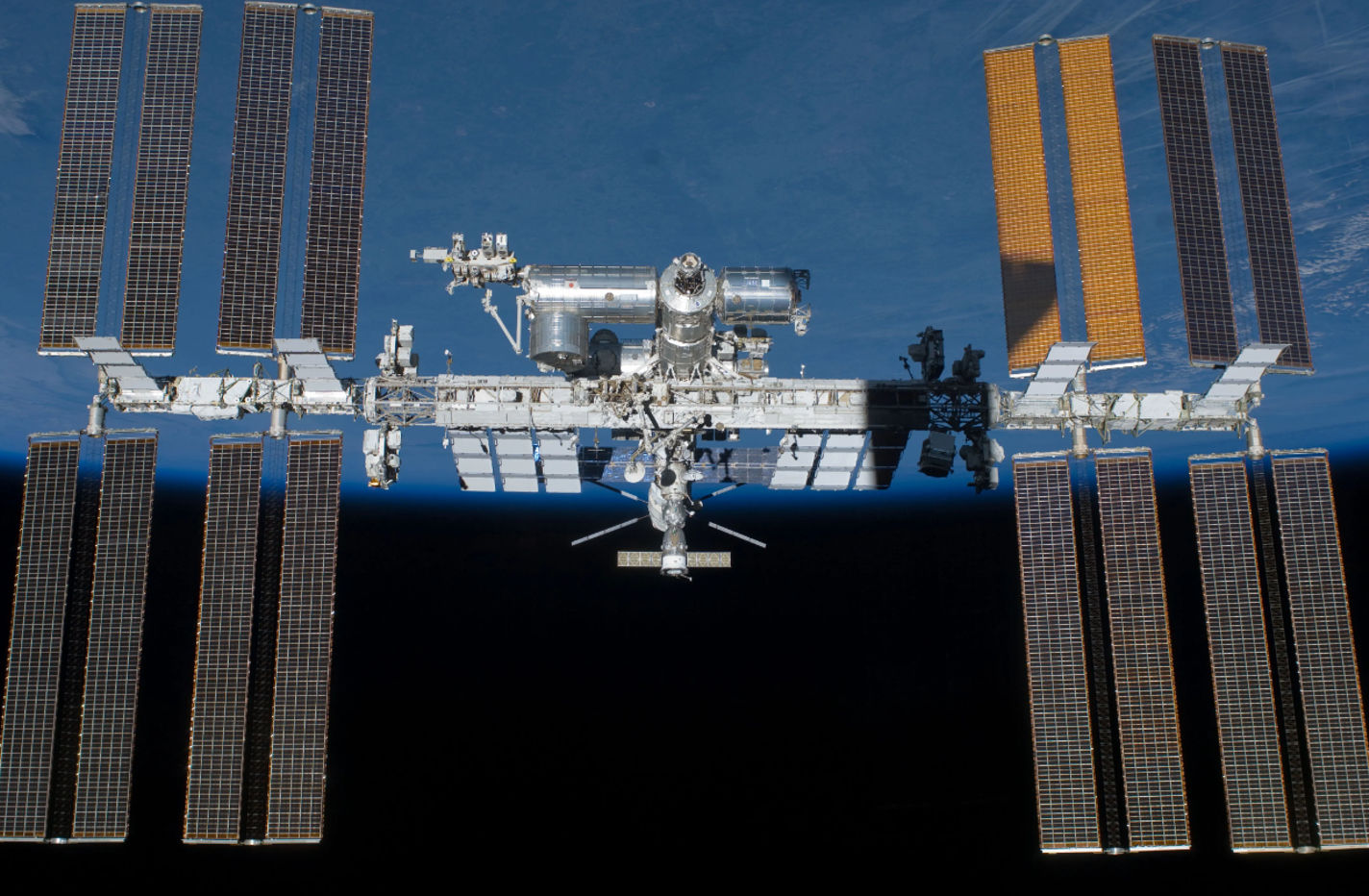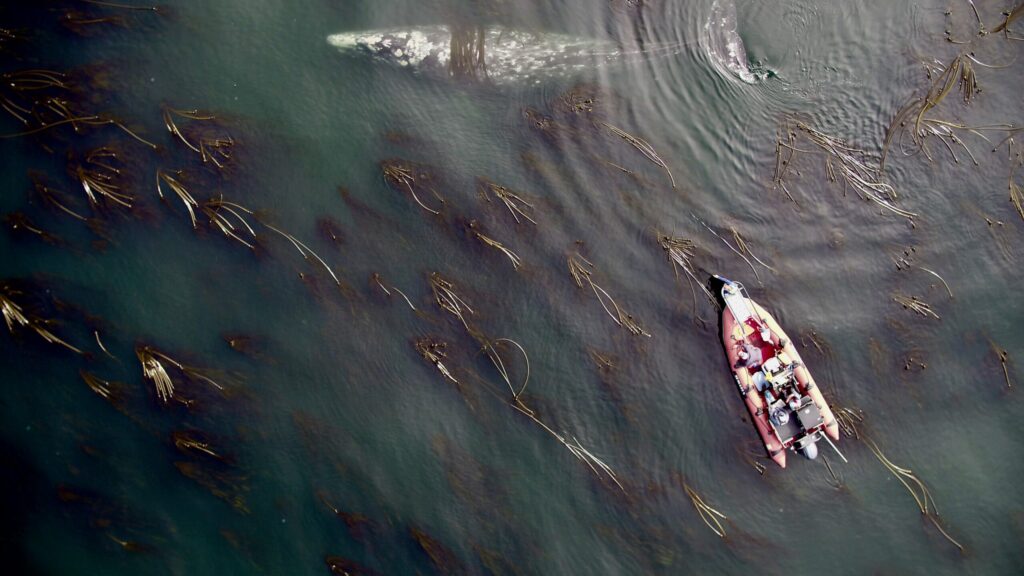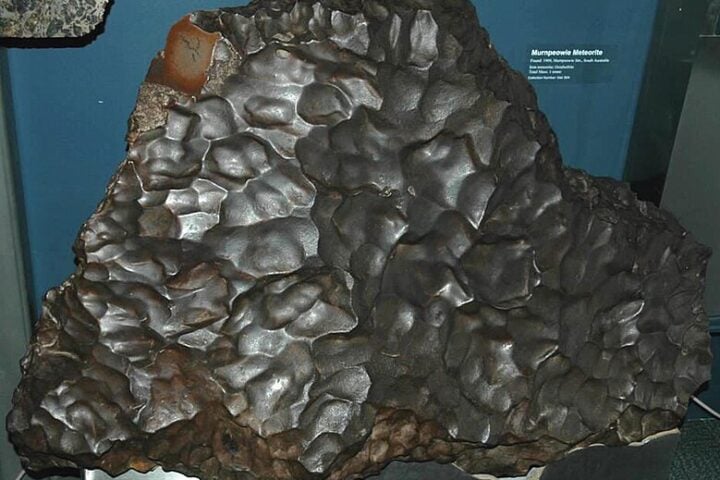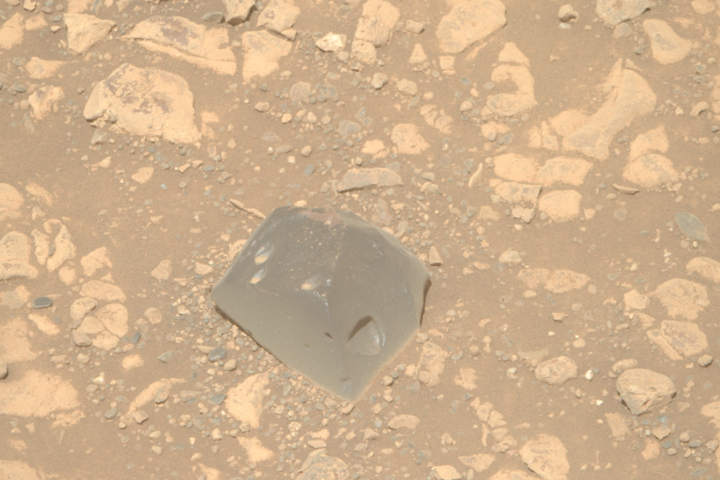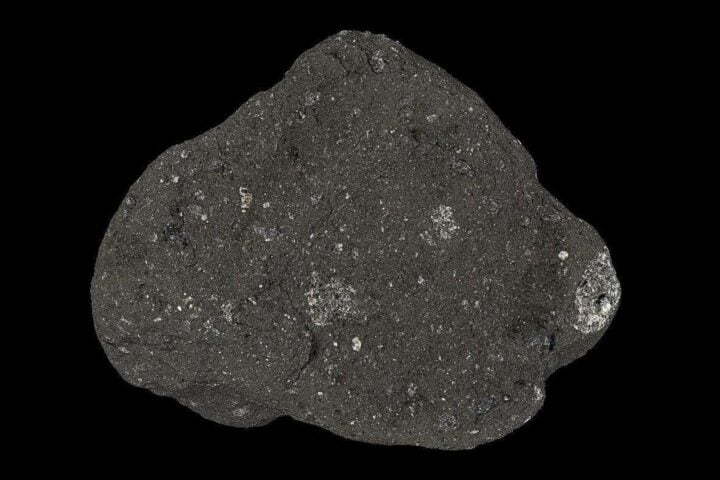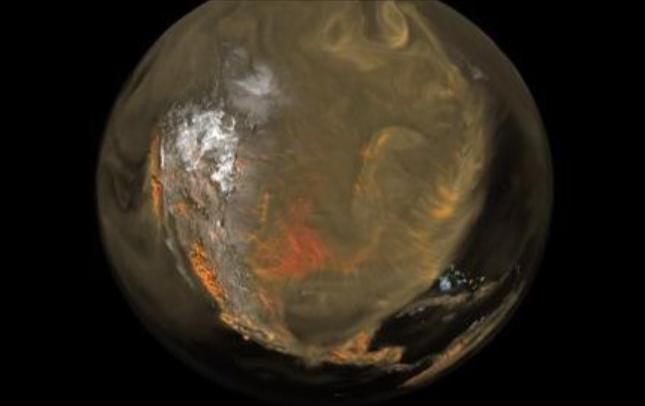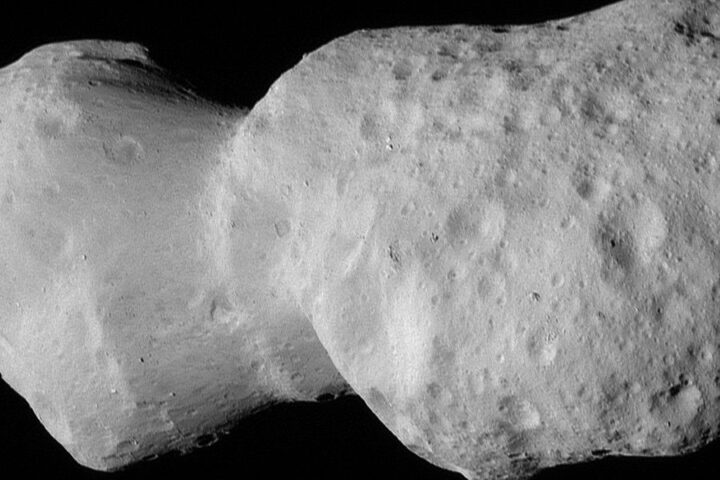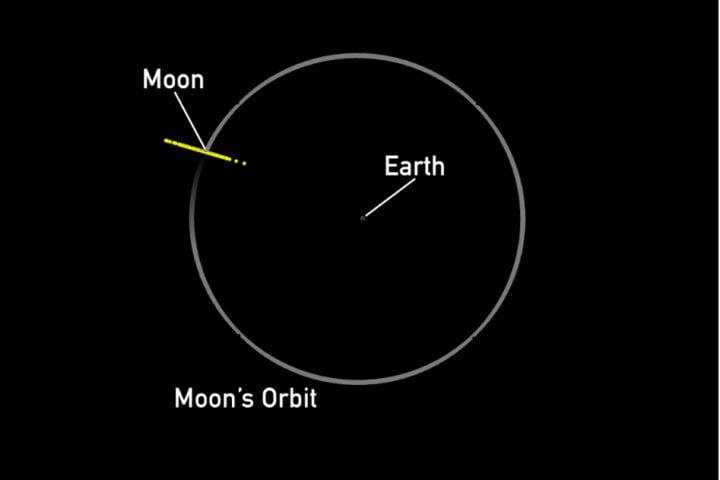The International Space Station (ISS) is one of humanity’s most incredible projects. Its first modules were launched into low Earth orbit (about 400 kilometers above the Earth’s surface) in 1998. It travels at a speed of 27,600 kilometers per hour and can accommodate up to 11 astronauts, who conduct invaluable scientific experiments while aboard. However, like any device, vehicle, or structure, it is not immune to the passage of time or wear and tear. Currently weighing 455 tons, equivalent to three Boeing 747 jumbo jets or 500 cars, NASA and other managing agencies have spent years addressing various issues, breakdowns, and material/component failures.
\The end of the International Space Station ISS seems to be sealed. There had been speculation about extending the operation of the space station, at least until the first commercial stations become operational. Now, the American space agency NASA has awarded the deorbiting contract to the private space company SpaceX. In August 2023, NASA finalized its plan to deorbit and destroy the ISS and in November calculated the cost of doing so. On June 26, 2024, it was announced that SpaceX will receive $843 million (approximately €789 million) to design and build a vehicle that will dock with the ISS to guide it out of Earth’s orbit.
This vehicle, known as the U.S. Deorbit Vehicle, will differ from the Dragon capsules previously used for transporting cargo and crew to the ISS. No Dragon capsule will be used in this process. NASA clarifies that “the safe destruction of the ISS is the responsibility of the five space agencies” managing it: JAXA (Japan), Roscosmos (Russia), European Space Agency, and Canadian Space Agency. NASA will take ownership of the Deorbit Vehicle after its development and operate it throughout the entire mission.
SpaceX is expected to have the vehicle ready before the end of this decade, exceeding the ISS’s initially set lifespan of 30 years. Once docked, it will bring the modular space structure down to 220 kilometers above the Earth’s surface. The idea is for atmospheric friction to disintegrate it, with any surviving debris falling into Point Nemo, located in the middle of the Pacific Ocean. Both the vehicle and the ISS will break apart upon re-entry into the atmosphere, and one of SpaceX’s major tasks will be to ensure that no inhabited areas are endangered.
Similar Posts
It is unclear whether SpaceX will also send the spacecraft into orbit for re-entry into space. The contract for the launch of the U.S. Deorbit Vehicle will be announced separately. Previously, NASA examined whether the Russian space agency Roscosmos could perform the deorbit maneuver using a Progress spacecraft. The investigations revealed that a new spacecraft was required. Whether the costs for this mission will be evenly distributed among the five operators of the ISS – NASA, ESA, JAXA, Roscosmos, CSA – has not yet been decided.
